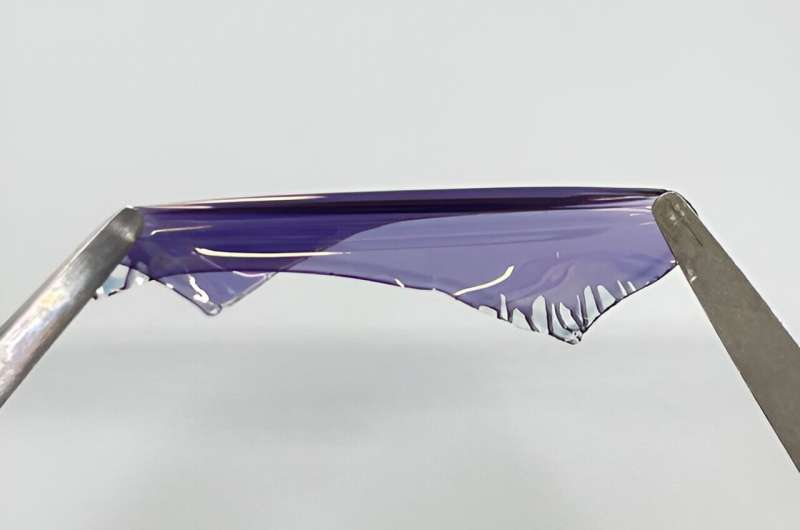Researchers at the RIKEN Center for Emergent Matter Science have developed a highly stretchable solar cell that maintains its power conversion efficiency even when stretched by up to 50%. This breakthrough could pave the way for the next generation of wearable electronics powered by flexible, self-charging solar cells. The key to their success lies in the incorporation of an organic compound called ION E, which enhances the stretchability and adhesion of the solar cell’s electrode layer. This innovative approach offers a promising solution to the challenges faced by traditional rigid solar cells. Solar cells and flexible electronics are set to transform the way we power our wearable devices.

Unlocking the Stretchability of Solar Cells
Traditional solar cells are inherently rigid and can only withstand a limited amount of stretching, typically around 1-2%. This poses a significant challenge for their use in wearable electronics, where the devices need to be flexible and accommodate the movements of the human body.
The researchers at RIKEN, led by Kenjiro Fukuda, have tackled this problem head-on by developing a novel approach that enables their solar cell to be stretched up to 50% without a significant drop in power conversion efficiency. The key to their success lies in the use of an organic compound called ION E, which they incorporated into the electrode layer of the solar cell.
Enhancing Stretchability and Adhesion
The addition of ION E to the electrode layer serves a dual purpose. Firstly, it enhances the stretchability of the electrode, allowing it to better withstand the strain from the active layer above it. Secondly, and quite unexpectedly, the researchers discovered that ION E also improves the adhesion between the electrode and the layers above and below it.
This enhanced adhesion is crucial for maintaining the overall integrity of the solar cell when it is stretched. By redistributing the strain to the electrode layer, the active layer, which is responsible for converting light into electricity, is better protected from the deformation caused by stretching. As a result, the solar cell can maintain its power conversion efficiency even when subjected to significant stretching.
Towards Larger-Scale Stretchable Solar Cells
The long-term goal for the researchers is to create a large-area, stretchable organic solar cell that can be used to power a wide range of wearable electronics. One of the main challenges they are currently tackling is the low conductivity of the polymer used to convey the generated electricity.
By addressing this bottleneck, the researchers hope to further improve the performance and scalability of their stretchable solar cell technology. This could lead to the development of self-charging wearable devices that seamlessly integrate with our everyday lives, eliminating the need for periodic recharging and providing a sustainable power solution for the future of personal electronics.
